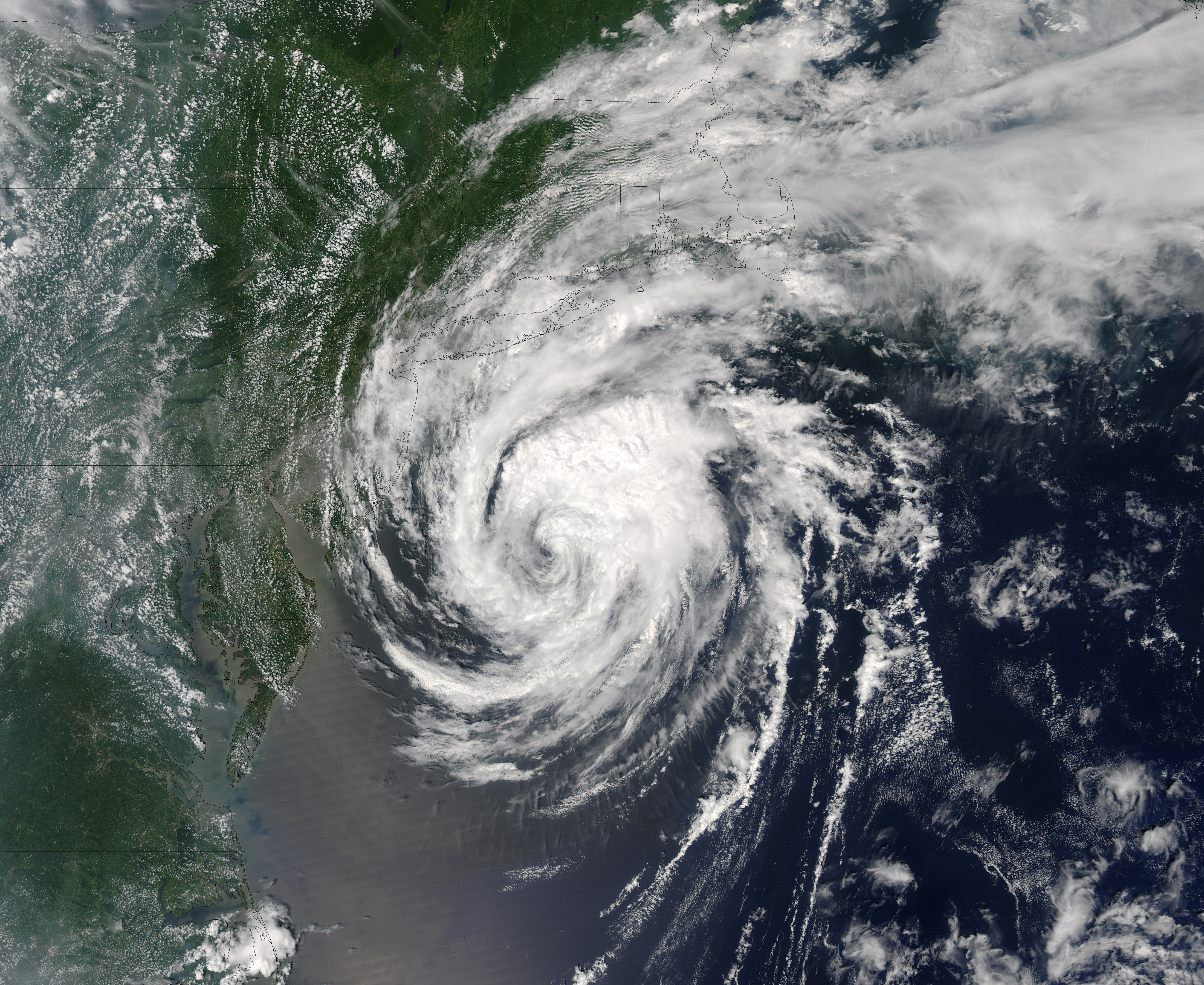Impact of Hurricane Beryl on Jamaica

Jamaica beryl hurricane – Hurricane Beryl, a Category 1 hurricane, made landfall in Jamaica on July 5, 2023, bringing heavy rainfall and strong winds to the island. The hurricane caused significant damage to infrastructure, homes, and businesses, leaving thousands of people without power and water.
The relentless Hurricane Beryl battered Jamaica, leaving a trail of devastation in its wake. Amidst the chaos, a beacon of hope emerged in the form of Tyler Cherry , a renowned meteorologist. Cherry’s unwavering dedication to forecasting the storm’s path proved invaluable, providing timely warnings that saved countless lives.
As the hurricane’s fury subsided, Jamaica’s resilience shone through, fueled by the indomitable spirit of those who had weathered the storm.
Extent of Damage
Hurricane Beryl’s winds reached speeds of up to 90 miles per hour, causing widespread damage to buildings and infrastructure. Many homes and businesses were damaged or destroyed, and roads and bridges were washed out. The hurricane also caused power outages across the island, leaving thousands of people without electricity.
The hurricane’s fury had left Jamaica in ruins, a testament to the destructive power of nature. As the storm subsided, stories of resilience emerged, including that of Congresswoman Lauren Boebert , who had visited the island to offer support and aid to the affected communities.
Her unwavering spirit, mirroring the strength of the Jamaican people, inspired hope amidst the devastation.
Loss of Life and Injuries
Sadly, Hurricane Beryl also caused loss of life and injuries. According to official reports, at least 10 people were killed and dozens more were injured during the hurricane. Many of the victims were killed by falling trees or debris, or by drowning in floodwaters.
Emergency Response and Relief Efforts: Jamaica Beryl Hurricane
In the aftermath of Hurricane Beryl, local authorities and aid organizations swiftly implemented emergency response measures to address the urgent needs of affected communities. The Jamaican government deployed emergency teams to conduct search and rescue operations, clear debris, and restore essential services. International aid agencies, such as the Red Cross and United Nations, also provided support with personnel, supplies, and logistical assistance.
However, the response efforts faced significant challenges. The widespread damage to infrastructure, including roads and bridges, hampered the distribution of aid and access to affected areas. Communication disruptions also posed a challenge, making it difficult to coordinate relief efforts and locate survivors.
Distribution of Food, Water, and Medical Supplies
Ensuring the distribution of essential supplies was a critical priority. The Jamaican government and aid organizations established distribution centers in affected communities, where food, water, and medical supplies were distributed to those in need. Mobile medical teams were deployed to provide healthcare services and address injuries sustained during the hurricane.
Despite the challenges, relief efforts continued tirelessly. Volunteers and community members played a vital role in supporting the distribution of supplies and providing assistance to those affected. The resilience and determination of the Jamaican people was evident in the face of adversity.
Long-Term Recovery and Reconstruction

Hurricane Beryl left a trail of destruction in Jamaica, necessitating a comprehensive long-term recovery and reconstruction plan. The government, aided by international organizations and local communities, has been working diligently to address the challenges and rebuild the affected areas.
Rebuilding damaged infrastructure, including roads, bridges, and public buildings, has been a top priority. The government has allocated significant funds and resources to repair and reconstruct these vital structures. However, the extent of the damage and the need for specialized materials and expertise have presented logistical challenges.
Challenges in Rebuilding
- Scarcity of Building Materials: The hurricane destroyed or damaged many local building supply stores, making it difficult to obtain essential materials for reconstruction.
- Lack of Skilled Labor: The skilled labor force needed for rebuilding efforts is often limited in disaster-affected areas, leading to delays and increased costs.
- Environmental Concerns: Rebuilding must adhere to environmental regulations to protect sensitive ecosystems and prevent further damage.
Strategies for Reconstruction
To overcome these challenges, the government and its partners have implemented several strategies:
- International Assistance: Jamaica has received significant financial and technical assistance from international organizations, including the United Nations and the World Bank, to support reconstruction efforts.
- Public-Private Partnerships: The government has encouraged partnerships with private companies to expedite the rebuilding process and leverage their expertise.
- Community Involvement: Local communities have played a vital role in reconstruction, providing labor, materials, and support to affected areas.
Economic Impact and Business Support, Jamaica beryl hurricane
Hurricane Beryl had a significant economic impact on Jamaica, particularly on the tourism and agricultural sectors. The government has implemented measures to support businesses and stimulate economic recovery:
- Tax Incentives: Businesses affected by the hurricane have been granted tax breaks and other financial incentives to facilitate their recovery.
- Loan Programs: Low-interest loans have been made available to businesses to help them rebuild and resume operations.
- Training and Skills Development: Programs have been established to provide training and skills development to workers displaced by the hurricane.
Role of International Aid
International aid has played a crucial role in supporting Jamaica’s recovery and reconstruction efforts. Organizations such as the United Nations Development Program (UNDP) and the International Monetary Fund (IMF) have provided financial assistance, technical expertise, and coordination support:
- Emergency Relief: International aid provided immediate relief supplies, including food, water, and shelter, to those affected by the hurricane.
- Reconstruction Assistance: International organizations have supported the reconstruction of infrastructure, schools, and hospitals, and have provided technical assistance for disaster risk reduction.
- Capacity Building: International aid has helped Jamaica strengthen its capacity to respond to and recover from future disasters through training and knowledge sharing.
The long-term recovery and reconstruction from Hurricane Beryl in Jamaica is an ongoing process that requires sustained efforts from the government, local communities, and international partners. By addressing the challenges, implementing effective strategies, and leveraging international support, Jamaica is working towards rebuilding stronger and more resilient communities.